Symbols have held profound significance in human culture and spirituality for millennia. Among the various roles they play, healing symbols stand out as powerful tools to facilitate physical, emotional, and spiritual well-being. Throughout history and across different cultures, healing symbols have been used to invoke positive energies, restore balance, and aid in the process of healing. In this article, we explore the diverse world of healing symbols and their role in holistic well-being.
What is a Symbol of Healing?
A symbol commonly associated with healing is the Caduceus. The Caduceus is a staff with two entwined serpents and wings at the top. It is often used as a symbol of medicine and healthcare in the United States, although its historical and mythological origins are more closely tied to Hermes, the messenger of the Greek gods, and commerce.
Another symbol of healing is the Rod of Asclepius. This symbol features a single serpent coiled around a staff and is more historically accurate in representing the healing arts. Asclepius was a Greek god of medicine and healing, and his rod is a recognized symbol of medical and healthcare professions in many parts of the world.
Both of these symbols are used to convey the idea of healing and healthcare, but the Rod of Asclepius is considered more appropriate and accurate within the context of medicine and healthcare, while the Caduceus is often used in a commercial or administrative context within the field. there is other symbols we will talk about in this
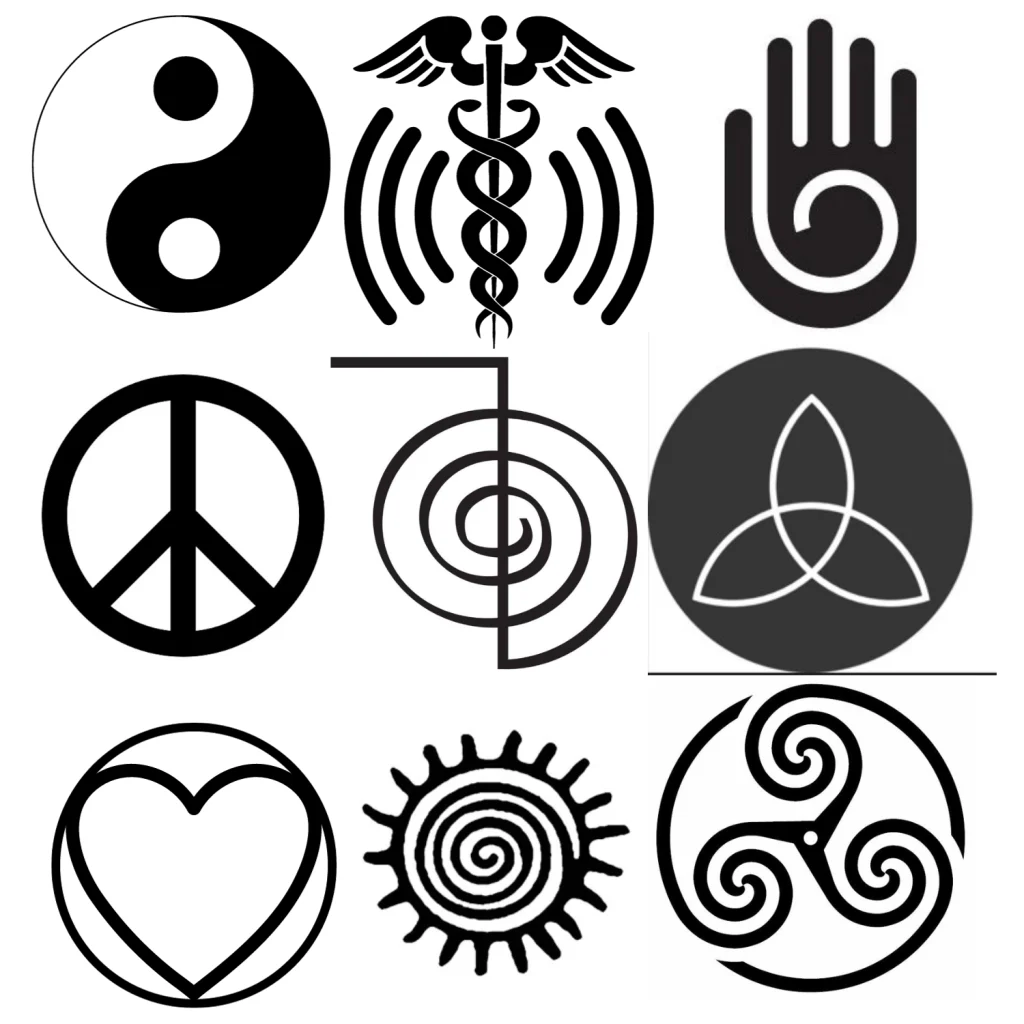

What symbolizes healing and strength?
The symbolizes healing and strength is a fascinating aspect of human culture and spirituality, highlighting the commonality of certain symbols and their significance across diverse societies and historical periods. This universality underscores the profound human connection to symbols as tools for healing and well-being. Here, we delve deeper into the concept of the universality of healing symbols:
- Cross-Cultural Significance:
- Timeless Appeal: Healing symbols have transcended time and cultural boundaries, demonstrating their enduring appeal and relevance. They resonate with fundamental aspects of the human experience, such as health, balance, and the pursuit of well-being.
- Shared Human Experience: Healing symbols tap into shared human experiences of suffering, illness, and the desire for recovery and renewal. Regardless of cultural background, people can relate to these universal themes, making healing symbols relatable to a broad spectrum of individuals.
- Symbolic Archetypes:
- Archetypal Symbols: Healing symbols often align with Jungian archetypes, which are universal symbols and themes found in the collective human unconscious. Archetypes are not culturally specific and are thought to represent fundamental human experiences. Healing symbols draw upon these archetypal energies.
- Examples of Archetypes: For instance, the serpent is a common archetype symbolizing transformation and renewal found in various cultures worldwide. This archetype is manifested in symbols like the Rod of Asclepius and the Caduceus, which represent healing and transformation.
- Cultural Adaptations:
- Cross-Cultural Borrowing: Some healing symbols have crossed cultural boundaries and been adopted or adapted by different societies. For example, the Caduceus, originally from Greek mythology, is commonly associated with medicine globally, even in cultures with no direct historical connection to ancient Greece.
- Syncretism: In regions where diverse cultures interact and exchange ideas, healing symbols may undergo syncretism, blending aspects of different belief systems. This can result in new symbols with universal healing qualities.
- Holistic Well-Being:
- Shared Goals: Healing symbols often embody the principles of holistic well-being, addressing not only physical health but also emotional, mental, and spiritual harmony. These goals are universally relevant as people seek comprehensive well-being in all aspects of their lives.
- Spiritual and Transcendent Aspects:
- Spiritual Quest for Healing: The desire for healing and well-being is a fundamental aspect of human spirituality. Healing symbols often align with spiritual pursuits, which are common to diverse belief systems. As such, they can transcend religious and cultural boundaries.
- Transcendence of Ego: Healing symbols sometimes serve as tools for transcending ego-based limitations, a theme found in many spiritual traditions. These symbols encourage individuals to look beyond the surface of their identities and connect with deeper, universal aspects of existence.
- Interconnectedness of Humanity:
- Symbolic Language: Healing symbols operate as a symbolic language that transcends spoken and written words. This language allows individuals from various backgrounds to communicate and connect on a deeper, symbolic level.
- Human Connectedness: The universality of healing symbols reinforces the idea of a shared human experience and interconnectedness. It reminds us that, despite our cultural differences, we all face similar challenges and aspirations when it comes to health and well-being.
In conclusion, the universality of healing symbols is a testament to the deep and intrinsic connection between humans and symbols. These symbols serve as bridges that connect people across time, cultures, and beliefs, offering a common language to address the fundamental human need for healing, renewal, and balance. Whether in ancient traditions or contemporary practices, healing symbols continue to unite us in our pursuit of holistic well-being and a deeper understanding of the human experience.
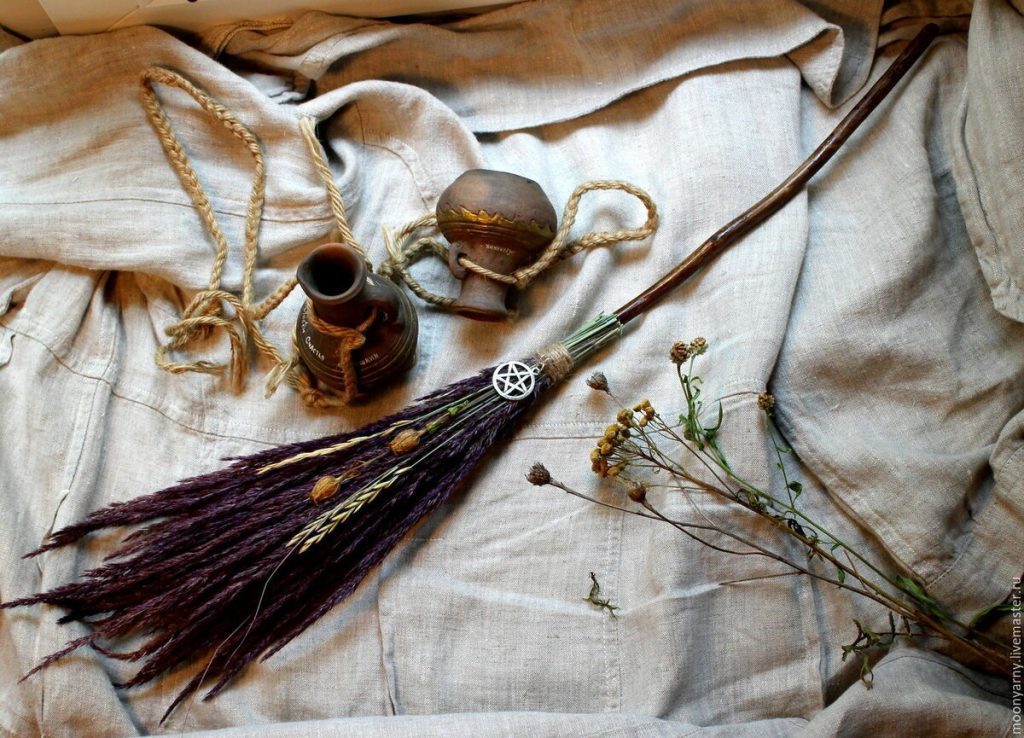

Types of Healing Symbols in Different Cultures
Healing symbols vary widely across cultures, each with its unique meanings, purposes, and methods of use. These symbols often reflect the cultural, spiritual, and historical context in which they originated. Here are some examples of healing symbols from different cultures:
- The Caduceus (Ancient Greece):
- Origin: The Caduceus is one of the most recognized symbols in the medical field. It features a staff with two snakes entwined around it and two wings at the top.
- Meaning: In ancient Greece, it represented the god Hermes, who was associated with communication and commerce. Today, it is often used as a symbol of medicine and healing, although its historical connection to the medical field is debated.
- The Rod of Asclepius (Ancient Greece):
- Origin: The Rod of Asclepius is a single serpent coiled around a staff, and it originates from Greek mythology, representing the god Asclepius, the god of medicine and healing.
- Meaning: This symbol is widely accepted as a representation of healing and medicine. It emphasizes the importance of balance and harmony in the healing process.
- The Yin and Yang (China):
- Origin: The Yin and Yang symbol the Chinese peace symbol is a fundamental concept in Chinese philosophy and medicine. It consists of a circle divided into two parts, one black (yin) and one white (yang), with a small dot of the opposite color in each section.
- Meaning: This symbol represents the balance of opposing forces and the interconnectedness of all things. In traditional Chinese medicine, health is seen as the balance of yin and yang energies within the body.
- The Ankh (Ancient Egypt):
- Origin: The Ankh is an ancient Egyptian symbol resembling a cross with a loop at the top.
- Meaning: It symbolizes life and immortality. In a healing context, it represents the preservation and renewal of life, both physically and spiritually.
- The Om Symbol (Hinduism and Buddhism):
- Origin: The Om symbol is sacred in Hinduism and Buddhism. It is a written or visual representation of the sacred sound “Om” or “Aum.”
- Meaning: The Om symbol signifies the universal sound and the essence of the ultimate reality. It is used in meditation and spiritual practices to achieve inner peace and healing.
- The Medicine Wheel (Native American Cultures):
- Origin: The Medicine Wheel is a sacred symbol used by many Native American tribes, including the Lakota Sioux and the Navajo.
- Meaning: It represents the interconnectedness of all life and the cycles of nature. In healing ceremonies, it is used to seek harmony and balance with the natural world.
- The Hamsa (Middle Eastern and North African Cultures):
- Origin: The Hamsa, also known as the Hand of Fatima or Hand of Miriam, is a hand-shaped symbol with an eye in the center. It is found in various Middle Eastern and North African cultures.
- Meaning: The Hamsa is a protective symbol believed to ward off the “evil eye” and bring blessings, health, and good fortune. It is often worn as jewelry or displayed in homes.
- The Dreamcatcher (Native American Ojibwe):
- Origin: The Dreamcatcher is a Native American Ojibwe symbol traditionally made of a circular frame with a woven net or web in the center, adorned with feathers and beads.
- Meaning: The Dreamcatcher is believed to filter out negative dreams and energies, allowing only positive dreams to pass through. It is used as a protective and healing symbol.
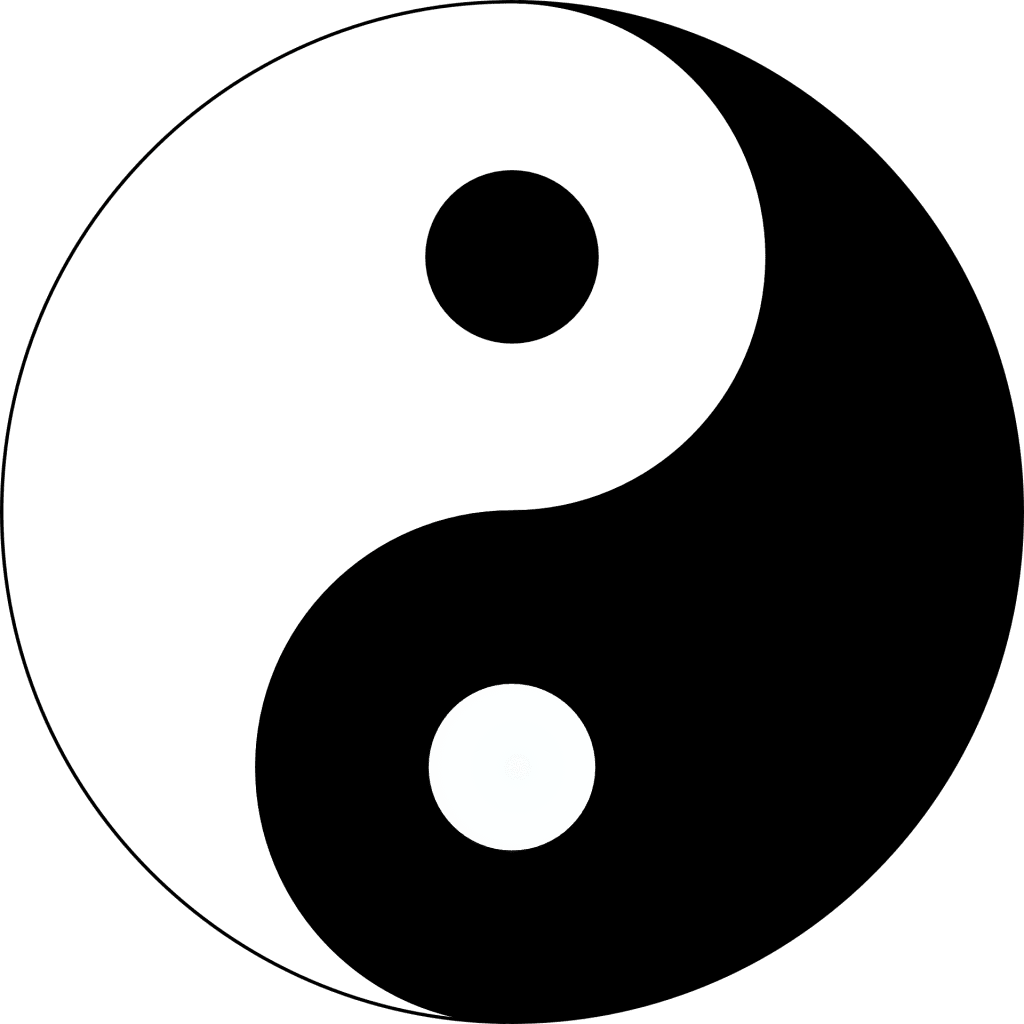

These are just a few examples of healing symbols from various cultures around the world. Each symbol carries its unique significance and is used in diverse ways to promote healing, protection, and well-being within its cultural context. The study and appreciation of these symbols provide valuable insights into the rich tapestry of human beliefs, practices, and traditions related to healing and spirituality.
What is the modern symbol of healing?
The modern symbol of healing is often represented by the Caduceus, a staff with two entwined serpents and wings at the top. While the Caduceus is commonly associated with healing and medicine in the United States, it’s worth noting that its usage in this context is actually a historical mistake. The Caduceus has its origins in Greek mythology and was originally associated with Hermes, the messenger of the gods, and commerce, rather than medicine.
The more historically accurate symbol for healing is the Rod of Asclepius, which consists of a single serpent wrapped around a staff. Asclepius was a figure from Greek mythology who was associated with healing and medicine. The Rod of Asclepius has been used as a symbol of medicine and healthcare for centuries and is still widely recognized as such in many parts of the world.


However, due to the historical mix-up, you may still see the Caduceus used as a symbol of healing and medicine in some contexts, especially in the United States. Nonetheless, the Rod of Asclepius is considered the more appropriate and accurate symbol of healing in modern medical practice and symbolism.
How to Use Healing Symbols
Using healing symbols effectively involves harnessing their power and symbolism to facilitate physical, emotional, and spiritual well-being. While the specific methods may vary depending on the symbol and the tradition it originates from, here are some general guidelines on how to use healing symbols:
- Choose a Symbol That Resonates:
- Start by selecting a healing symbol that resonates with you personally. Different Witch symbols may have varying meanings and energies, so choose one that aligns with your intentions and needs.
- Meditation and Visualization:
- Meditation: Find a quiet and comfortable space for meditation. You can either hold a physical representation of the healing symbol or visualize it in your mind’s eye. Breathe deeply and focus on the symbol, allowing its energy to flow through you.
- Visualization: During meditation, visualize the healing symbol surrounding you or specific areas of your body that require healing. Imagine the symbol’s energy radiating warmth and healing light.
- Mantras and Affirmations:
- Incorporate mantras or affirmations that are related to the healing symbol. For example, if using the Om symbol, you might chant “Om” while meditating. If working with the Ankh, you could affirm, “I am healthy, whole, and renewed.”
- Create a Healing Space:
- Dedicate a space in your home or workplace to the healing symbol. Display it prominently as a visual reminder of your healing intentions. This space can serve as a sanctuary for meditation and reflection.
- Wear Symbolic Jewelry or Clothing:
- Adorn yourself with jewelry or clothing that features the healing symbol. This keeps the symbol close to you throughout the day, allowing you to benefit from its energies continuously.
- Healing Rituals and Ceremonies:
- Healing Arts and Crafts:
- Engage in creative activities that involve the healing symbol. Create artwork, crafts, or even jewelry that incorporates the symbol. The act of crafting can be a form of meditation and a way to infuse your creations with healing energy.
- Consult with a Practitioner:
- If you’re uncertain about how to use a healing symbol effectively, consider consulting with a practitioner experienced in the symbol’s tradition. They can provide guidance and perform rituals or ceremonies on your behalf.
- Trust the Process:
- Trust that the healing symbol is working on a subtle level, even if you don’t experience immediate or dramatic results. Healing symbols often operate in ways that are not immediately apparent, gradually influencing your well-being and mindset using even Spells for Happiness or Simple Morning Ritual.
- Journaling and Self-Reflection:
- Keep a journal to document your experiences with the healing symbol. Record any changes in your physical, emotional, or spiritual state, as well as any insights or intuitions that arise during your practice.
- Combine Symbols and Modalities:
- Some practitioners work with multiple healing symbols or combine them with other healing modalities, such as Reiki or crystal therapy. Experiment with different combinations to see what resonates most with you.
Remember that the effectiveness of healing symbols can be deeply personal and subjective. What matters most is your intention, belief, and the depth of your connection to the symbol. With regular practice and an open heart, healing symbols can be powerful tools to promote overall well-being and spiritual growth.
You May Like to Read about: Unveiling the Intriguing Practice of Self-Humiliation Rituals in Witchcraft
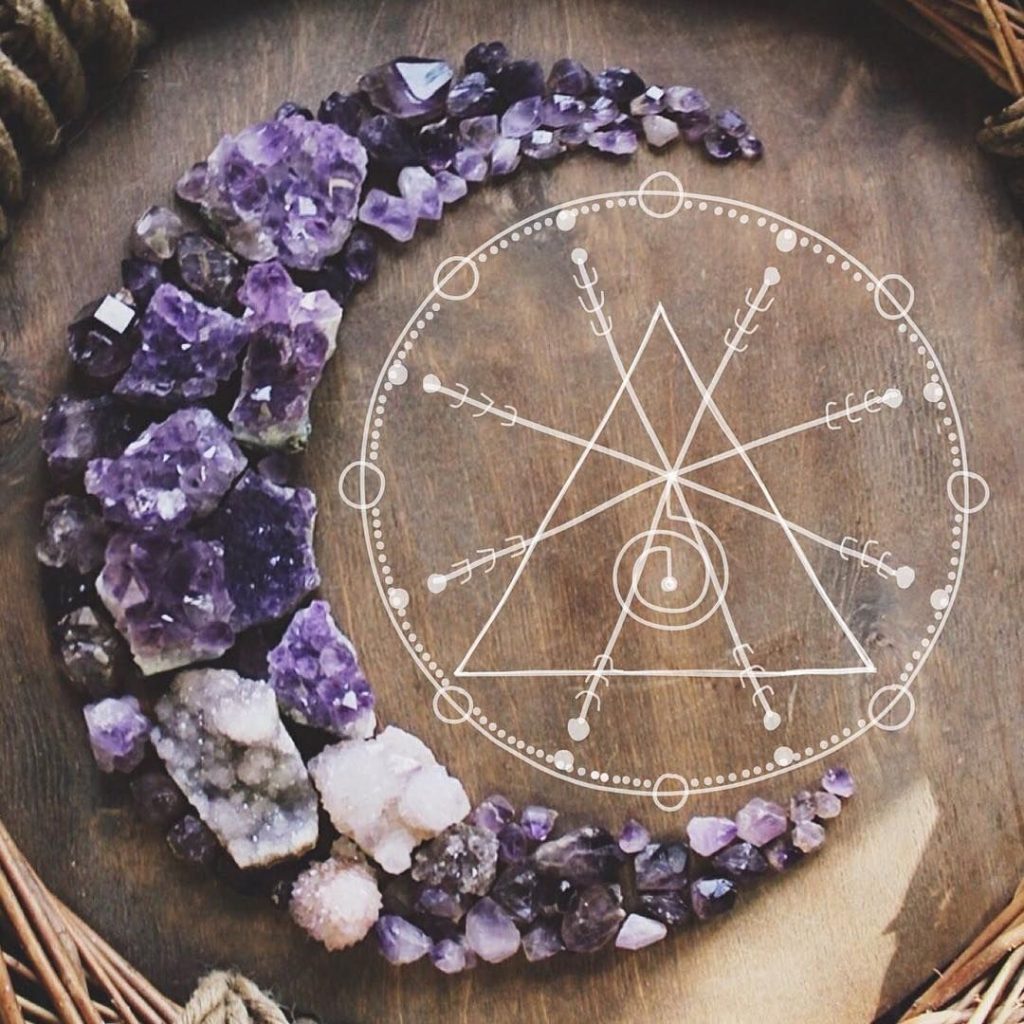

How to Choose the Right Healing Symbol
Choosing the right healing symbol for your personal journey is a deeply personal and intuitive process. Here are some suggestions to help you in selecting a symbol that resonates with you:
- Introspection and Reflection: Take the time to reflect on your personal journey, the areas in which you seek healing or transformation, and the qualities or energies you wish to embody. Consider the emotions, challenges, or intentions that are most relevant to you at this time.
- Follow Your Intuition: Pay attention to your intuition and inner guidance. Allow yourself to be drawn to symbols that evoke a sense of resonance or connection. Trust your instincts and choose a symbol that feels right for you, even if you can’t explain it logically.
- Research and Exploration: Explore different cultures, traditions, and belief systems to discover symbols that align with your intentions and resonate with you on a deep level. Look into the symbolism and meanings associated with various symbols to see if they align with your personal journey.
- Personal Connection: Consider symbols that hold personal significance to you, such as those associated with your heritage, spirituality, or experiences. Symbols that carry personal meaning can have a powerful impact on your healing journey.
- Dreams and Synchronicities: Pay attention to your dreams and any synchronicities or signs that may present themselves in your life. Symbols that appear repeatedly or hold special significance in your dreams or daily experiences may hold valuable insights for your healing journey.
- Seek Inspiration: Seek inspiration from various sources, such as books of witchcraft, artwork, or websites dedicated to symbolism and healing. Engage in conversations with others who have explored healing symbols and learn from their experiences.
- Allow Time for Reflection: Once you have identified a potential healing symbol, take time to sit with it and reflect on how it resonates with you. Consider the emotions, sensations, or thoughts that arise when you visualize or engage with the symbol. If it continues to resonate and evoke a sense of connection, it may be the right symbol for you.
Remember, there is no right or wrong choice when it comes to healing symbols. Trust yourself and choose a symbol that speaks to your heart and aligns with your personal journey. The most important aspect is the meaning and significance that you attach to the symbol, as it will serve as a powerful reminder and catalyst for healing and transformation in your life. but don’t forget Using Herbs and White Magic Spells.
The Psychological and Scientific Perspective of Healing Symbols
The use of healing symbols from a psychological and scientific perspective is a topic that has gained attention in recent years. While healing symbols are often associated with spirituality and metaphysical practices, there is a growing body of research that explores their impact on mental and physical well-being from a more empirical standpoint. Here’s a closer look at the psychological and scientific perspective of healing symbols:
- Placebo Effect:
- Psychological Benefit: Healing symbols can operate as placebos, which are substances or interventions that have no therapeutic effect but provide psychological benefit. When individuals believe in the healing power of a symbol, it can trigger a placebo response that leads to perceived improvements in their condition.
- Real-World Applications: Placebos, including symbolic ones, have been used in medical research and clinical practice to manage pain, reduce anxiety, and even improve various medical conditions. The psychological and physiological mechanisms behind the placebo effect continue to be a subject of scientific study.
- Visualization and Mind-Body Connection:
- Visualization Techniques: The use of healing symbols often involves visualization techniques. Visualization is a recognized psychological tool used in sports psychology, stress reduction, and pain management. It can help individuals create a positive mental state that supports healing and well-being.
- Mind-Body Connection: Scientific studies have shown that the mind-body connection plays a crucial role in overall health. Visualization through healing symbols may influence the body’s physiology, including heart rate, blood pressure, and immune function.
- Cognitive-Behavioral Approaches:
- Cognitive Restructuring: Healing symbols can be integrated into cognitive-behavioral approaches to address mental health issues such as anxiety and depression. By using symbols to reframe negative thought patterns, individuals may experience improved emotional well-being.
- Positive Psychology: Positive psychology, which focuses on strengths and well-being, explores the role of symbols and rituals in enhancing life satisfaction. The use of symbols to cultivate positive emotions and resilience aligns with this field of study.
- Psychosomatic Medicine:
- Mind-Body Healing: Psychosomatic medicine explores the interconnectedness of mental and physical health. The belief in the healing power of symbols can influence psychosomatic processes, potentially leading to improved physical health outcomes.
- Stress Reduction: Healing symbols may serve as tools for stress reduction. Stress is known to have a significant impact on health, and practices that reduce stress, such as meditation and visualization with healing symbols, can contribute to overall well-being.
- Neuroscientific Research:
- Brain Activity: Neuroscientific studies have shown that visualization and focused attention, such as when working with healing symbols, can influence brain activity. These practices may stimulate regions associated with positive emotions, relaxation, and well-being.
- Neuroplasticity: The brain’s capacity for neuroplasticity, or the ability to rewire itself, suggests that repeated exposure to healing symbols and positive associations may lead to lasting changes in cognitive and emotional processes.
- Personal Empowerment and Self-Care:
- Sense of Control: The use of symbol of a healer can foster a sense of control over one’s health and well-being. This empowerment can positively impact an individual’s mental health, leading to increased self-confidence and self-efficacy.
- Self-Care Practices: The incorporation of healing symbols into self-care routines aligns with contemporary approaches to mental health and well-being. These practices emphasize self-compassion, self-awareness, and holistic wellness.
In conclusion, the psychological and scientific perspective of healing symbols suggests that their impact extends beyond mere belief or spirituality. While more research is needed to fully understand their mechanisms, there is evidence to support their potential to influence mental and physical health positively. Healing symbols can be seen as tools that tap into the mind’s capacity for self-healing and resilience, contributing to holistic well-being from a scientific and psychological standpoint.


Conclusion
Healing symbols are a testament to the enduring human quest for wellness and balance. They serve as reminders that healing encompasses not only the physical body but also the mind and spirit. Whether you find solace in ancient symbols or discover new ones that resonate with you, their power to facilitate healing is a testament to the human capacity for hope, faith, and transformation. Ultimately, healing symbols invite us to embark on a profound journey of self-discovery and holistic well-being, offering guidance, strength, and the promise of renewal.

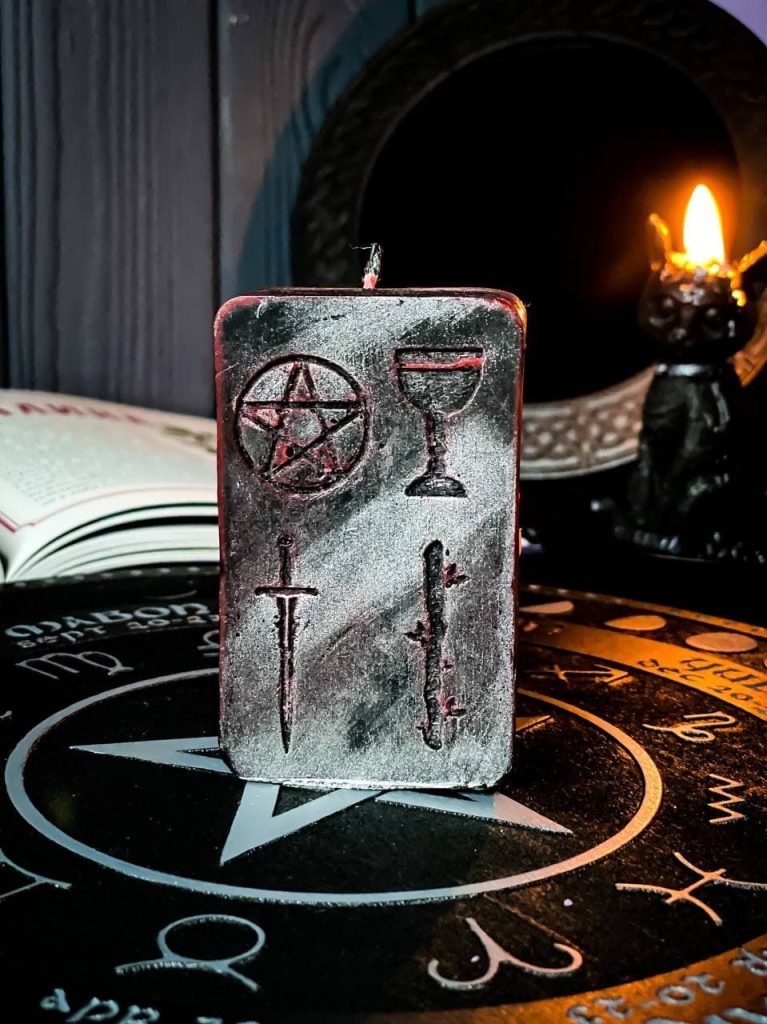
Pingback: The Power of Healing Symbols: A Long Journey of...
Pingback: Witch Symbols & Meanings | Explore Wiccan & Pagan Magic
Pingback: Witch Symbols & Meanings | Explore Wiccan & Pagan Magic